Oconto River Kids (ORK) is a charity that gives kids with life-threatening diseases the amazing opportunity to hunt a variety of animals, from mule deer and bear to elk and pronghorn. I was invited to attend an ORK trip to Wyoming for pronghorn and elk in the Red Desert because I have Juvenile Dermatomyositis.
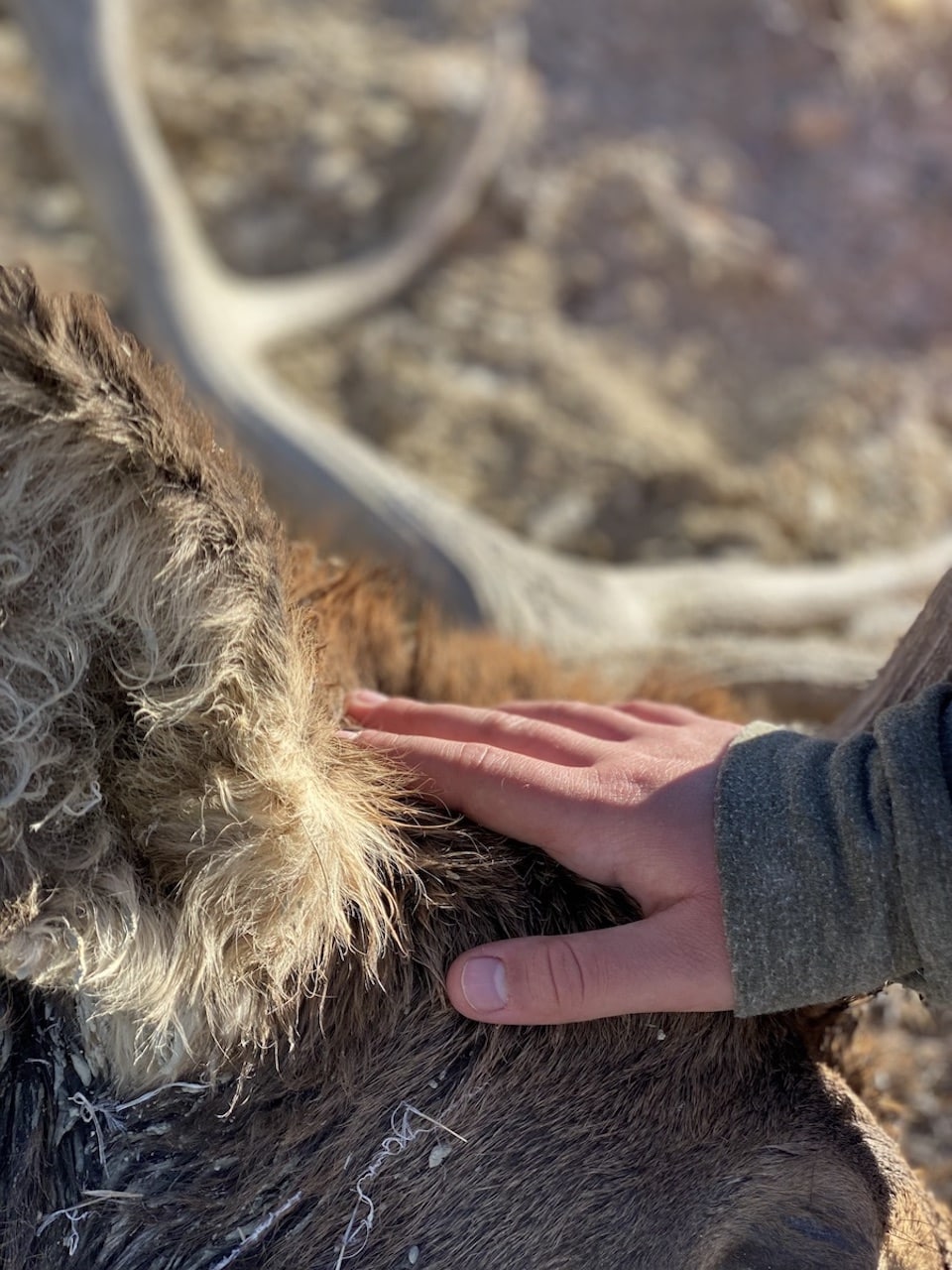
Juvenile Dermatomyositis, or JDM for short, is a rare autoimmune disease that is believed to be caused and aggravated by UV light—most notably, the sun. With JDM, the immune system attacks the muscles and causes weakness that can become very serious. It also can cause blotchy butterfly rashes on kids’ faces and little raised bumps over joint areas, especially the knuckles, knees and elbows. These bumps are called Calcinosis, and can eventually cause joints to not function properly if not treated.
Being on this hunt was the most incredible experience and I am eternally grateful for this opportunity. I’d like to share five things I learned while hunting my first elk and pronghorn with amazing volunteers and mentors of this charity. My experiences on this hunt will help me to be a better hunter in my own area, too.
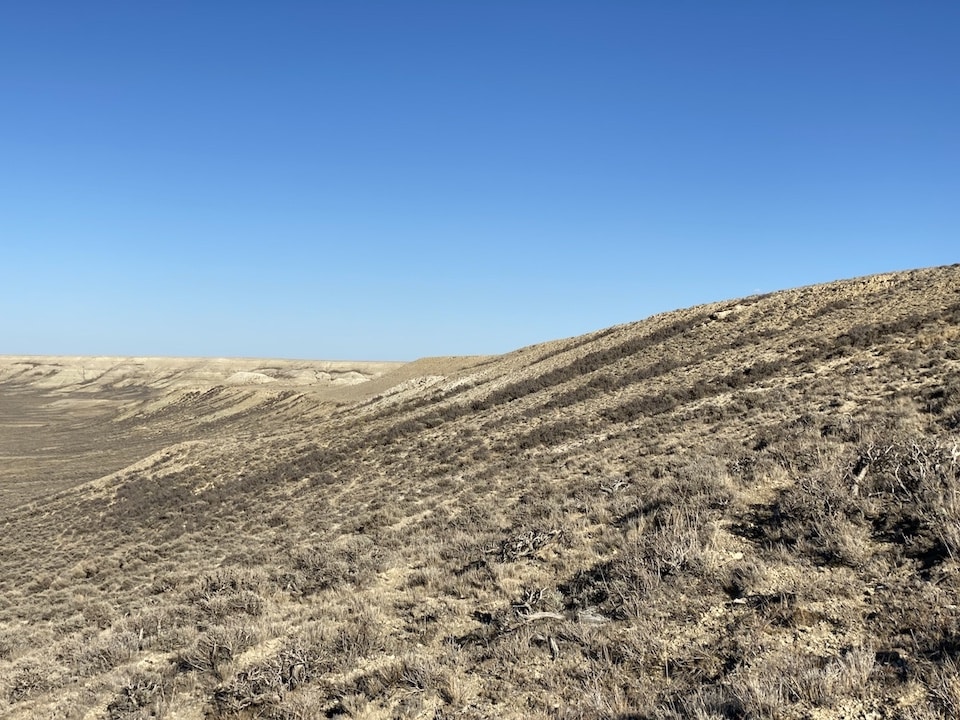
1. Physical fitness is very important for spot-and-stalk hunts.
This type of hunting in general can be difficult, as you need to stay out of sight of your prey. You may need to move quickly and low to the ground. This is especially important when hunting at high elevations, which are important to a good elk hunt.
The Red Desert has many high, flat-topped hills, and climbing them is a challenge. Many parts of these hills are quite steep, and I needed help climbing them a few times. The slopes, like most of the Red Desert, are covered in sagebrush, but the hilltops are rocky. Elk like these hills because they can see for a long way. I knew that we would be hunting at high elevations, but I never imagined there would be giant hills, so I’m glad I spent time in our home gym working on my endurance to try to condition myself.
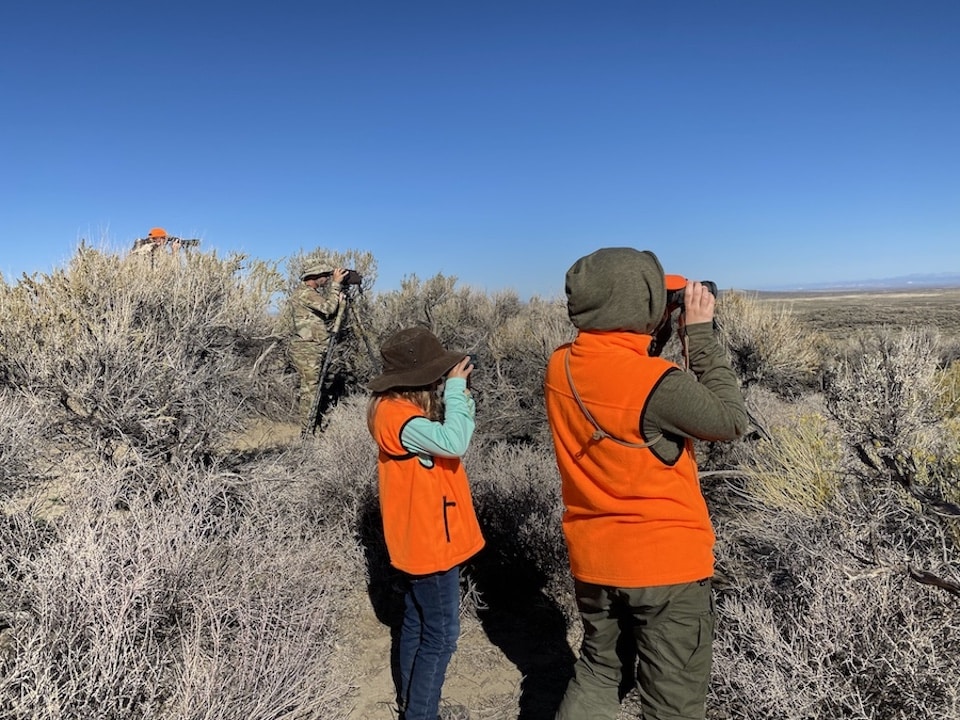
2. Be prepared for the weather and terrain.
We brought clothes for snow, rain and warm weather. In fact, we overpacked. In Wyoming, where the weather is often severe, it was worth it. Just a few weeks before we arrived, it was snowing in the area!
It’s also important to bring good hiking boots, and you must wear your shoes before your trip to help break them in. Otherwise, your feet will be extremely uncomfortable, especially when climbing or descending mountains and/or large hills. I wore my shoes a bit before my hunt, but my ankles still weren’t used to my boots’ ankle supports. After so many months at home, not wearing shoes with this type of support, my feet needed time to adapt.
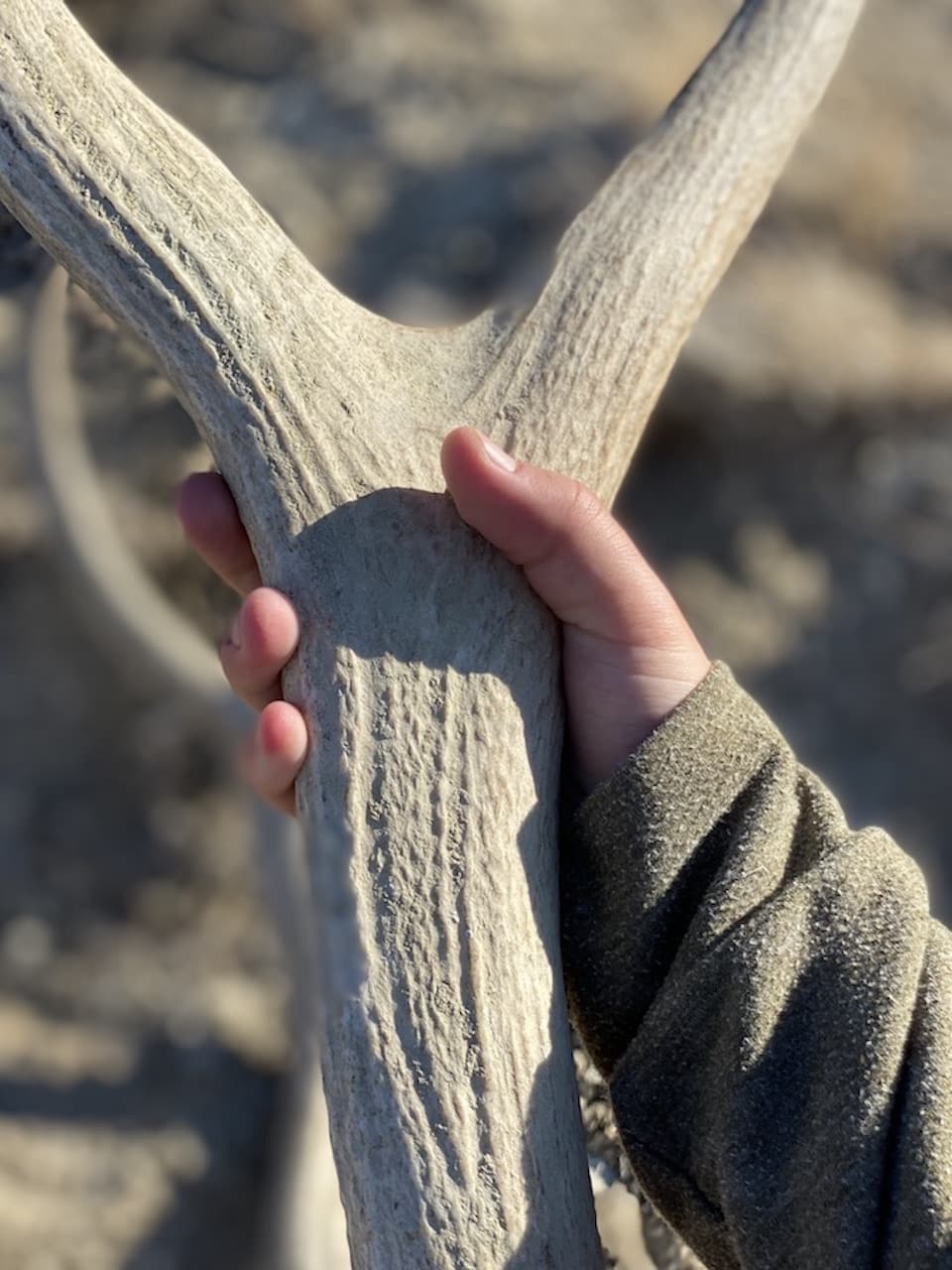
3. Research the animal(s) you’re hunting.
I knew nothing about pronghorn and elk, other than what they look like. For my research, I read a book on elk, “All About Elk,” by Mike Lapinski, Dwight Schuh, Wayne Van Zwoll and Duane Wiltse. I asked my parents about pronghorn because they have hunted pronghorn, too.
During the hunt, I learned even more from our mentors. Many people call pronghorn “antelope,” because they are reminiscent of African antelope. However, they aren’t truly antelope. They can also run at 40 miles per hour – that’s as fast as an ostrich! Most importantly for hunting, pronghorn have amazing eyesight. Their eyes are set in their skull in such a way that they have 320-degree vision! They can be difficult to hunt because of this trait.
As we observed elk, I learned about the different roles that elk serve in a herd. There’s a lead bull with cows. A satellite bull is a male elk that is part of a herd, but not the lead bull that has won the cows. A bachelor bull isn’t part of a herd, and sometimes travels with other bachelors. There is a lead cow, too, who watches the herd and decides where the herd will go.
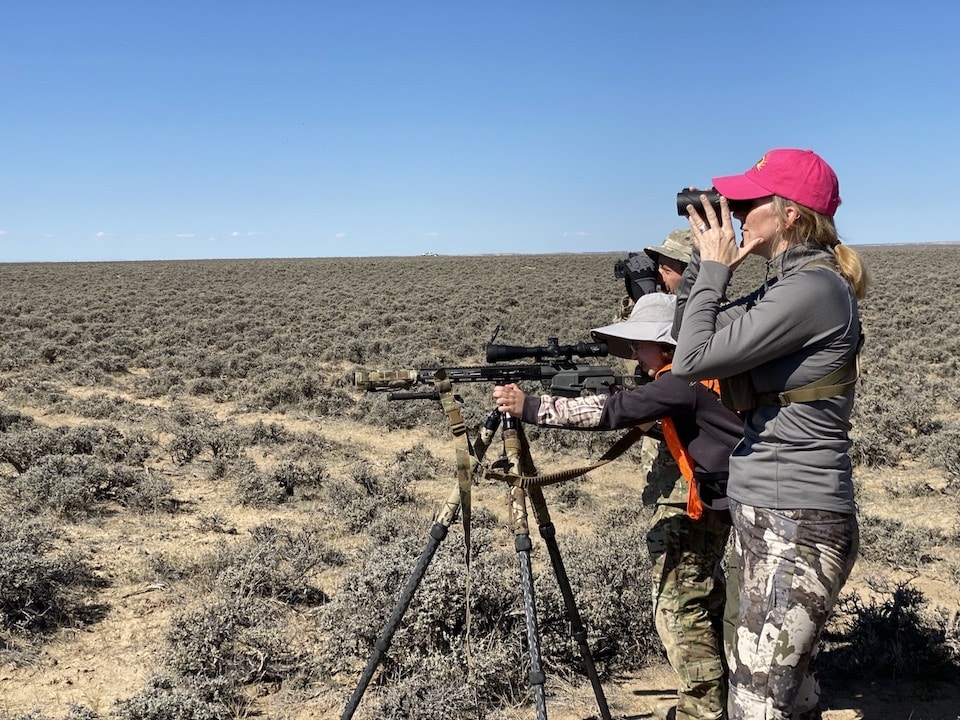
4. Become confident with your shooting and gun handling.
For a couple of months before the hunt, I dry fired my rifle every day, and sometimes I did that as physical training, too. I worked on kneeling and prone positions only, because I am not strong enough to lift the rifle with a scope and suppressor. I am very glad that I dry fired so much because at first, I was slow at cycling the bolt, and the movement didn’t feel natural. After lots of practice, while I was hunting, I didn’t think twice about cycling and was ready to take a follow-up shot if needed.
Many people think you have to be able to shoot long range in order to be successful in elk and pronghorn hunting. If you can get closer to your intended target, do so. The closer you get, the easier it will be to make a clean shot, and you’ll get to see your animal alive and well. To see a wild animal up close is amazing!
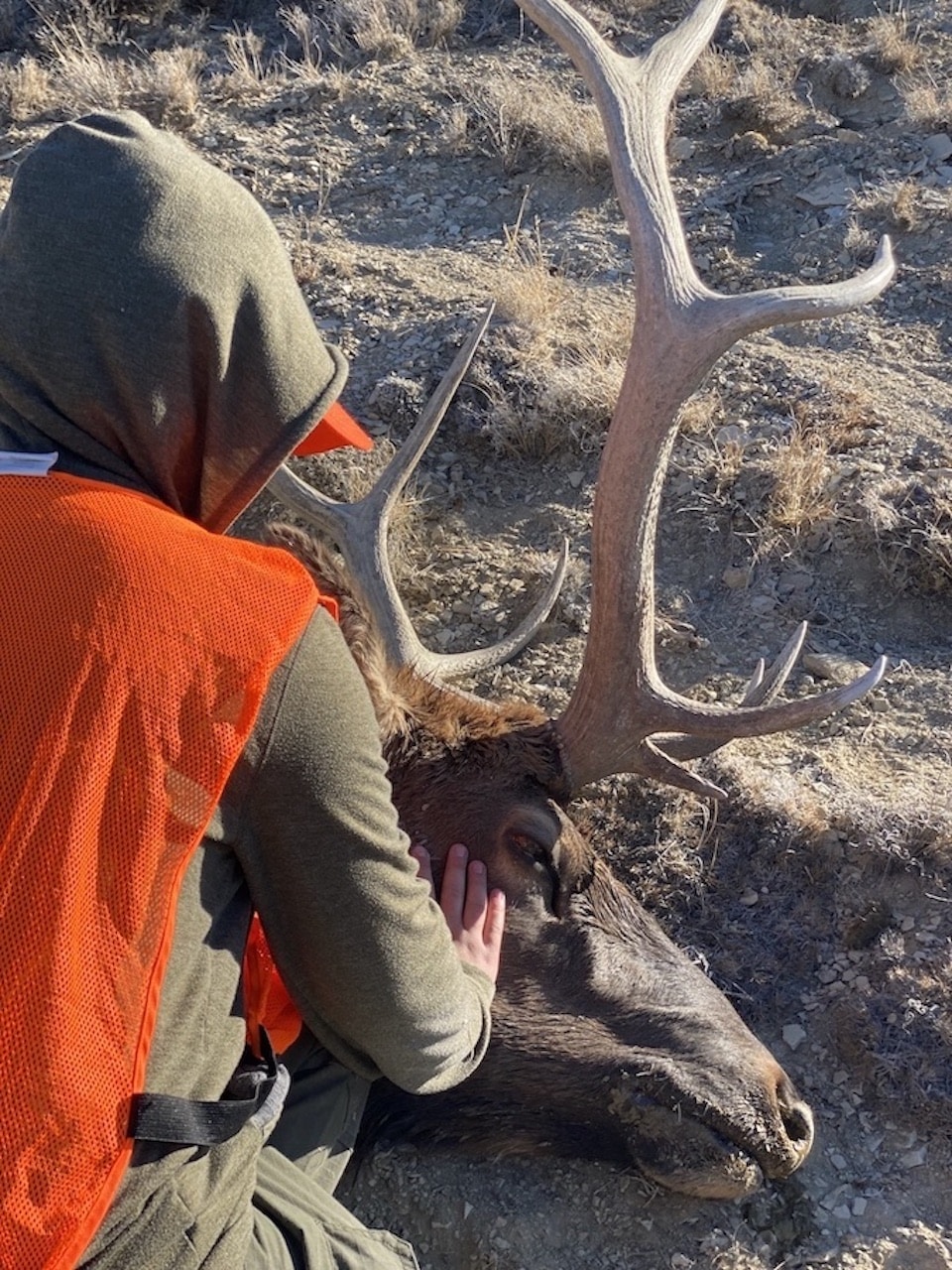
5. There are people who are passionate about getting kids to hunt.
We had four kind and knowledgeable mentors in Wyoming. Before each hunter arrived, they spent time scouting the Red Desert to learn where the animals liked to be and acquaint themselves with the land. It was so special to have volunteers come out to mentor kids that they’d never met before, and each one was unforgettable.
Joel was my elk mentor, and he had the most impressive eyes for spotting elk. He could see them on a slope far away from the road, even when my family couldn’t. He is an archery hunter, so he knows how to stalk animals and get close. With his help, we stalked 25 yards away from a couple of bachelor bulls.
Cindi and Brandon were my mentors when we were pronghorn hunting, and we had a very memorable hunt. Cindi and Brandon are a great team, and they know how to get mentees close for a good shot. With Cindi, we were able to stalk to within 200 yards of my pronghorn buck and she always made sure I was comfortable and feeling confident.
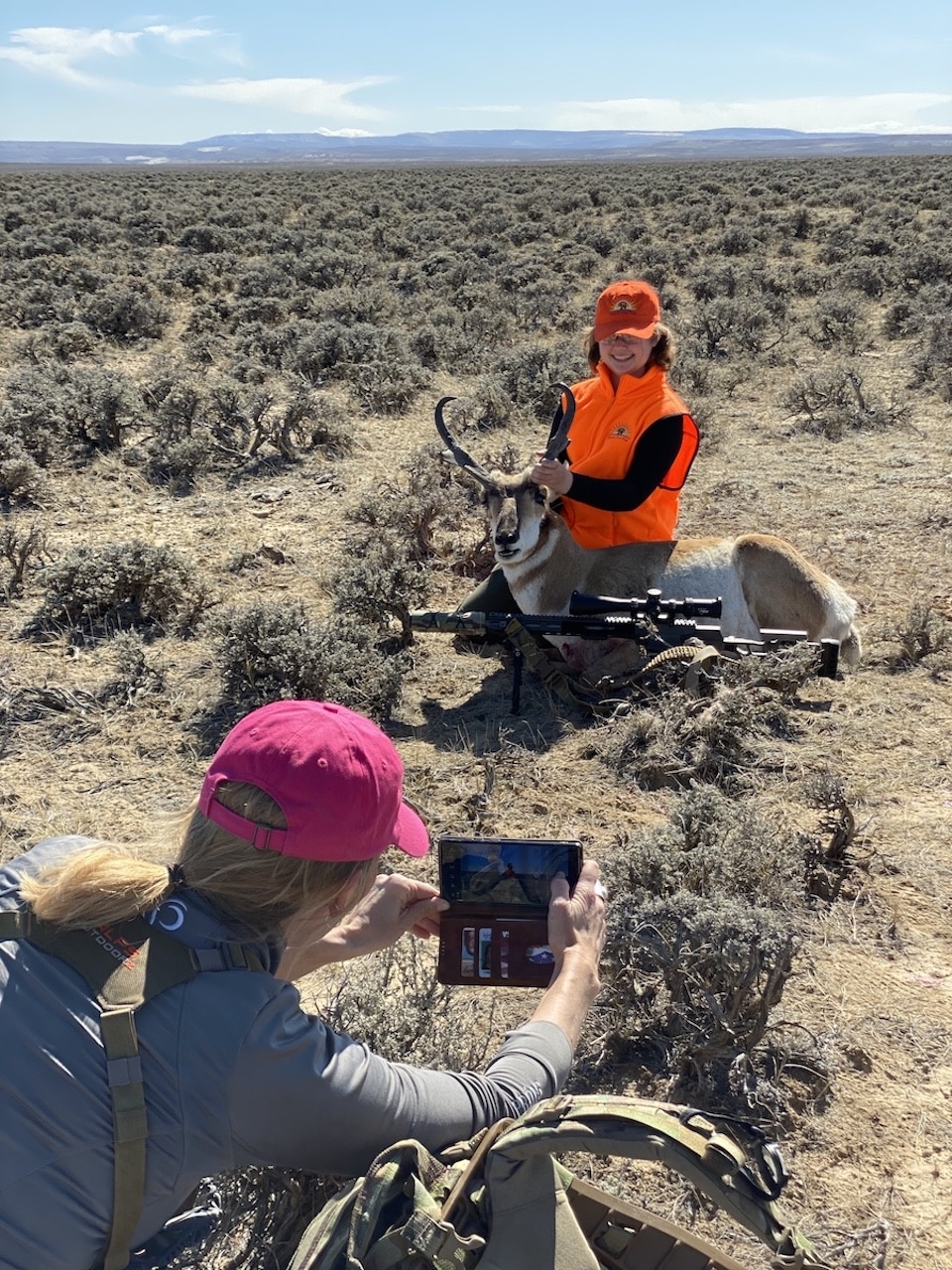
There was another mentor named Joe, too. I didn’t hunt with him, but he was great to talk to and gave us some helpful insight. A woman named Amy volunteered to cook meals for each person, and there were a lot of people who helped. She even made gluten-free meals for those who needed it.
Our hunt had a time limit of two weeks, and all three of us were able to get our two animals in just three days of hunting. Jaida shot the largest elk, a 6×6. Jada has a kind and confident disposition. Cain has a great sense of humor and was the first to get his elk, and he shot a pronghorn buck with an extremely wide set of horns. Both kids are battling forms of cancer, and I know we are all grateful for the help and kindness the mentors gave us, and that our families were able to come on the hunt with us.
This trip was an unforgettable one. I was given a once-in-a-lifetime opportunity, met so many amazing people and saw a ton of wildlife. I hope that other kids who have serious diseases and enjoy hunting will hear about Oconto River Kids, too.
Learn more about Oconto River Kids here.
“Anna” is a teenage girl who loves to write, and as you can tell, does it well. She is an active spirit — an above average student, musician and outdoorsy girl. Her level of creativity in anything she does is off the charts, and we believe she is an inspiration to all. Thanks, Anna!
"Anna" is a teenage girl who loves to write, read, and do just about anything artsy. She enjoys writing about nature crafts and her experiences while learning to hunt and cook wild game. Anna firmly believes that backyard chickens lay the best eggs and that spending time outside with her flock every morning will start the day off happily. She is extremely grateful to her best friend, who inspired her to really take writing seriously. You can find her lost in her latest idea or listening to her sister "Rose" read book quotes. View all posts by Anna